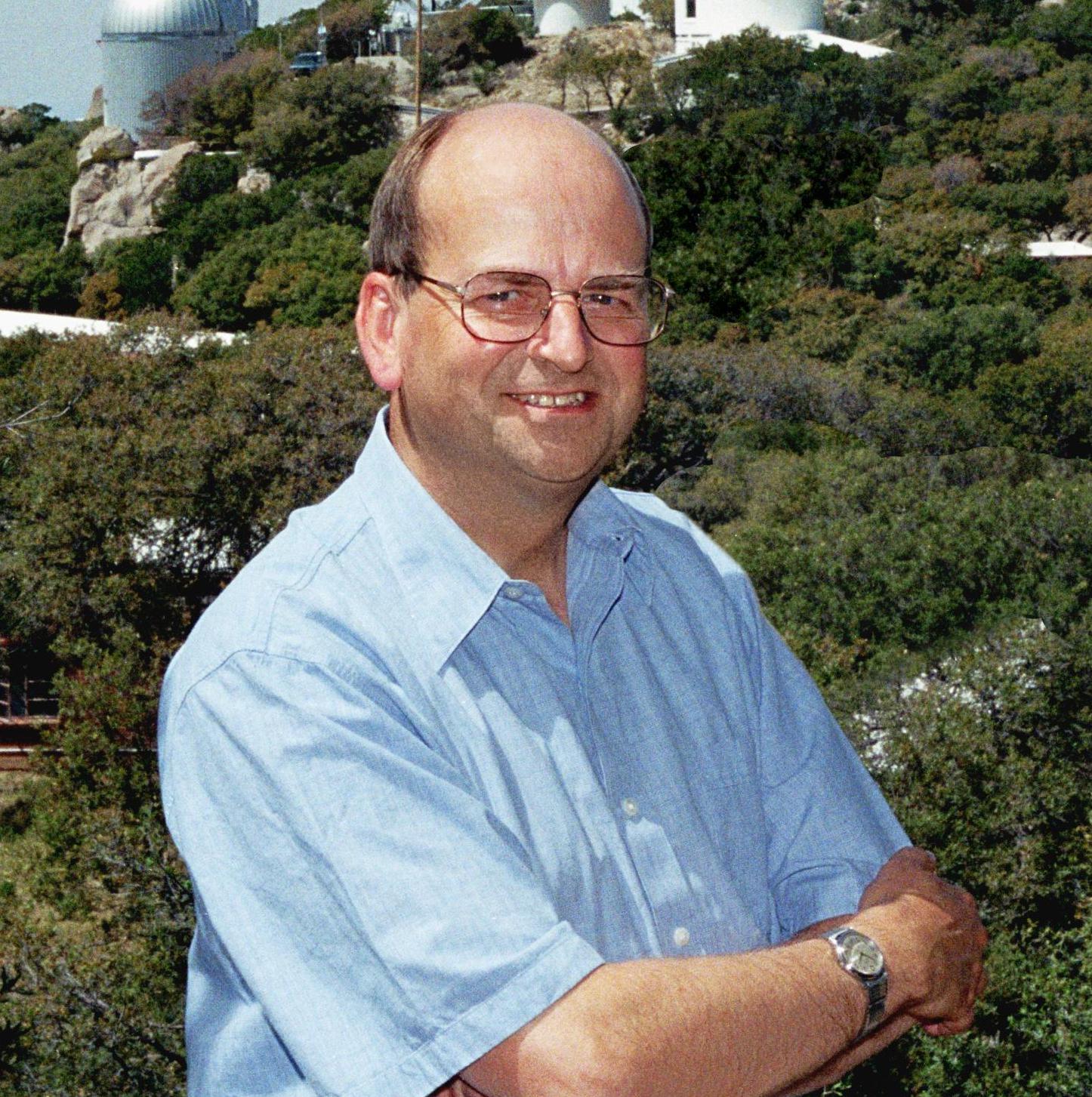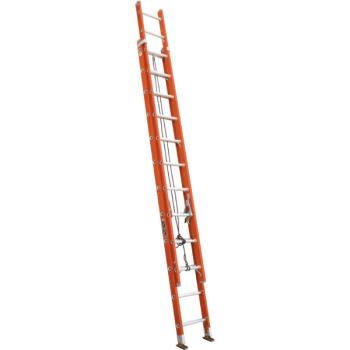How standard is the standard candle?
David Caro building, Level 7 conference room
More information
-
 Prof. Jeremy Mould, Professor
Prof. Jeremy Mould, Professor
Swinburne University
Email: jmould[at]swin.edu.au
Abstract
Over 25 years ago New York Times science writer Dennis Overbye wrote a book oddly titled Lonely Hearts of the Cosmos, narrating the saga of the measurement of distances in the expanding universe, beginning with Edwin Hubble's first measurements and culminating in a controversy in the scientific literature between Allan Sandage, who had taken up Hubble's mantle, and Texas astronomer, Gerard de Vaucouleurs. Stranger still, another NYT writer later reported that the film rights had been taken up, and that Tom Hanks had been invited to play Sandage. No movie was made, however, and the controversy was cleared up a few years later by NASA's Hubble Space Telescope. The age of the expanding universe is now known to an accuracy of a few percent.
There is now a new urgency for increased accuracy in measurements of the Hubble Constant, the misnomer for the current epoch value of the accelerating expansion rate. Stellar Populations and the Distance Scale, sometimes called the distance ladder, as it ascends from the geometric diameter of the Earth's orbit, has been joined by a rival ladder, descending from the surface of last scattering of the cosmic background radiation. They were expected to meet in the middle, but there seems to be a gap. Or is there? If there is, the standard model of cosmology, the Nobel prize winning ΛCDM model, may be lacking something important. Is it another neutrino, curvature, or a dark matter-neutrino interaction? Right now, the jury is out, and the race for better data is on. Volume simulations indicate that sample variance is not an issue. Are supernovae really standard candles? The OzDES survey is adDressing this issue.
The Hubble Constant from Baryon Acoustic Oscillations (BAO) is a standard ruler, rather than a standard candle like supernovae. The ruler is simply the sound horizon at recombination. Simulations tell us that the linear regime for the evolution of structure pertains, and the ruler is unchanged in length in comoving coordinates to a fraction of a percent over the life of the Universe. The Taipan project is expected to achieve 1% accuracy in H0 (1σ) from redshifts of over a million galaxies in the next 5 years. Between the high redshift of BAO and the low redshift of the Local Group, the Hubble Constant can be measured using gravitational lensing with no reference to stars. The H0liCow collaboration has results in agreement with the stellar pops distance scale. A convincing next step would be two independent stellar populations distance scales (Pop I & Pop II) agreeing to 1%.
